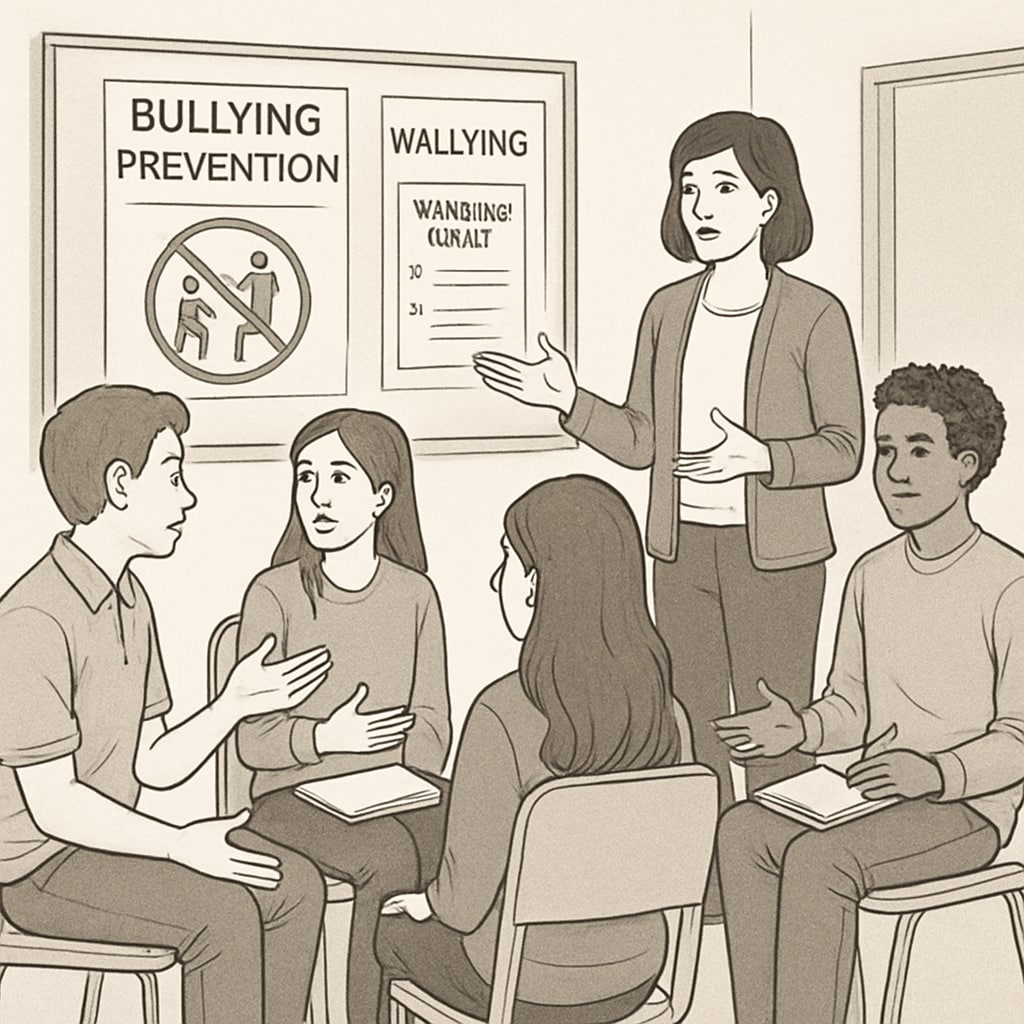School bullying remains a pressing issue worldwide, demanding effective handling strategies to ensure student safety and wellbeing. Addressing the foundational aspects of “school bullying, management strategies, and behavior definitions,” this article proposes a comprehensive framework that emphasizes prevention, intervention, and inclusive culture building. By adopting these strategies, educators can create a zero-bullying environment conducive to learning and growth.
Understanding School Bullying: Behavior Definitions and Context
Defining bullying accurately is crucial for identifying and addressing the issue effectively. Bullying involves repetitive harmful behavior where there is a power imbalance between the perpetrator and the victim. It can manifest in various forms, including physical, verbal, social, and cyberbullying. According to experts, understanding these categories helps schools tailor their responses to different scenarios.
For example, verbal bullying often involves insults or threats, while social bullying includes exclusion or spreading rumors. Cyberbullying, increasingly prevalent, occurs through digital platforms and can escalate quickly due to its public and pervasive nature.
Recognizing these behaviors early is key to mitigating their impact. Schools should train staff to differentiate between isolated conflicts and bullying, ensuring appropriate responses.

Prevention Strategies for a Zero-Bullying Campus
Prevention is the most effective way to combat bullying. To achieve this, schools must foster a proactive culture that discourages harmful behavior. Here are some recommended strategies:
- Education and Awareness: Conduct regular workshops for students, teachers, and parents on the signs of bullying and its consequences.
- Clear Policies: Establish clear anti-bullying policies outlining unacceptable behavior and corresponding consequences.
- Encouraging Empathy: Integrate social-emotional learning (SEL) programs that promote understanding and compassion among students.
- Inclusive Activities: Create opportunities for students to collaborate and build positive relationships through extracurricular programs.
By implementing these strategies, schools can cultivate an environment where bullying is less likely to occur and students feel empowered to report incidents.
Intervention: Responding Effectively to Bullying
Despite prevention efforts, some cases of bullying may still arise. Effective intervention requires a swift and structured response:
- Immediate Action: Address incidents promptly to prevent escalation.
- Support for Victims: Provide counseling and safe spaces for affected students.
- Accountability for Perpetrators: Implement restorative practices to hold bullies accountable while encouraging behavioral change.
- Parental Involvement: Engage parents in discussions to ensure consistent support at home.
Interventions should be tailored to individual cases, ensuring both the victim and perpetrator receive appropriate guidance and support.

Building an Inclusive School Culture
An inclusive school culture is the cornerstone of long-term bullying prevention. Schools must prioritize diversity, respect, and collaboration to reduce the likelihood of harmful interactions.
For example, schools can organize diversity-focused events that celebrate different cultures, abilities, and perspectives. Peer support programs can also be effective, encouraging students to look out for one another and intervene when necessary.
In addition, schools should regularly evaluate their policies and practices to ensure they align with their anti-bullying goals. Feedback from students, staff, and parents can provide valuable insights into areas for improvement.
Readability guidance: Use short paragraphs and lists to summarize key points. Ensure transitions are smooth to maintain readability. Avoid overusing passive voice and keep sentences concise to promote clarity.


